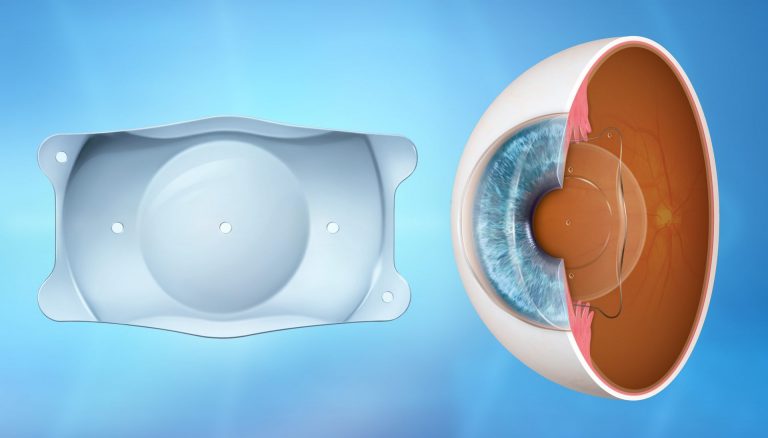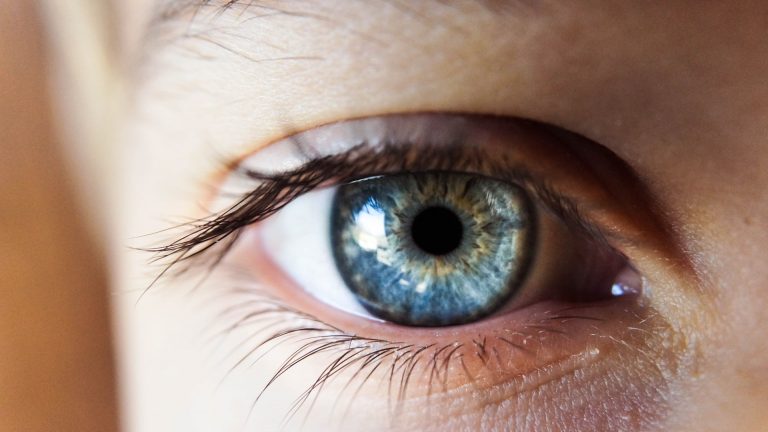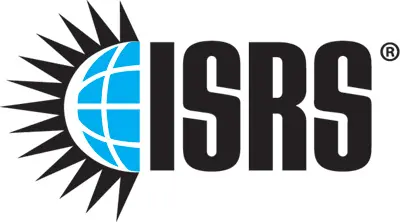LASIK
LASIK is a laser vision correction procedure that reshapes the cornea to treat nearsightedness (myopia), farsightedness (hyperopia), and astigmatism. LASIK reduces or eliminates the need for glasses and contact lenses.
LASIK was approved by the FDA in the late 1990’s. Since that time, the procedure has continued to evolve and improve. In the vast majority of cases, a customized LASIK treatment is performed. This means that the treatment takes into account specific characteristics of your eye in order to achieve better vision than ever before. This custom technology has improved significantly over the last few years and continues to make strides to make vision better than ever before.
The procedure takes approximately 10-15 minutes with significant visual improvement by the next day.
Safety
Your safety is our priority. Our thorough consultation will help ensure your eyes can safely undergo surgery and we will inform you of the risks and benefits associated with LASIK while answering all questions you have.
LASIK is among the safest elective procedures in medicine and tens of millions of people have had LASIK since it was approved in the 1990’s. Worldwide studies have demonstrated that greater than 95% of patients are satisfied after LASIK.
A good safety comparison is contact lenses. While contact lenses are a fantastic technology and are typically safe, studies have demonstrated that contact lens wear carries a higher risk of infection than having LASIK. While approximately 1 in 500 contact lens wearers get an infection, only 1 in 10,000 LASIK patients experience an infection. Though not risk free, studies have demonstrated again and again that LASIK is a remarkably safe medical procedure with fewer complications than most elective procedures.
There are many instances, however, where LASIK is not a good option. Fortunately, alternatives for vision correction are possible for most patients. Many of these alternatives are further discussed below.
We want to reiterate that your safety is our priority and helping you achieve the vision that matches your lifestyle is our goal. We are always excited to have the opportunity to answer your questions and help you decide what is best for you.
Evaluation And Surgery
- Free Consultation
- Surgery
- After Surgery
We want every individual seeking a consultation to understand their options and know whether they are a safe candidate for surgery. During our consultation a thorough analysis of your eyes is performed. You will then meet with the surgeon to review your results, ask questions, and learn about your surgical options. This process will take about 2 hours.
Please refrain from using contact lenses for 1-3 weeks prior to the evaluation, depending on the type of lenses worn. We will help you determine the exact duration but please understand that this is important. Avoiding contacts ensures the shape of the cornea is stable, allowing measurements to be accurate. Additional information in this regard will be provided when your appointment is made.
Your eyes will be dilated the day of your evaluation. Sun protection is provided as you leave if you do not have suitable sunglasses.
The procedure itself takes about 10-15 minutes and takes place in our LASIK suite located inside our Kalispell clinic. You will need a driver to accompany you on the day of surgery.
While surgery is quick, expect to be in the center for about 1 hour.
You will be seen regularly by your doctor after surgery, including the day after the procedure. Eye drops are also required to ensure proper recovery. Follow-up is an important part of the surgical process and it is crucial that you be seen regularly to ensure good ocular health and healing. During your consultation you will learn more about what to expect after surgery.
Affordability
Many people wonder whether LASIK is affordable. You will find LASIK to offer significant cost savings compared to glasses and contact lenses. This interactive calculator can help you understand the potential cost savings of LASIK relative to your use of contact lenses and glasses.
Flex spending accounts and health savings accounts are eligible to help pay for LASIK. Financing options are also available and additional information may be obtained the day of your consultation or over the phone.
What If I Am Not A Candidate For LASIK?
PRK
For some patients who are not candidates for LASIK, PRK provides an effective alternative with similar results. In PRK a laser is also used to reshape the cornea. However, no flap is created and the reshaping of the cornea takes place near the surface of the cornea. PRK recovery time is longer than LASIK but offers some safety advantages in certain eyes. Results of PRK are similar to those of LASIK.

EVO ICL
Another safe and effective alternative for correction of nearsightedness and astigmatism is implantable collamer lenses (ICLs). These are lenses that are placed inside the eye between the iris and the natural lens. This technique facilitates independence from glasses and contacts without reshaping the cornea. These lenses are removable, making it a completely reversible procedure. The EVO ICL is the most advanced ICL, offering safety and precision like never before.

Custom Lens Replacement
In certain cases, the most effective way to reduce dependence on glasses and contacts is by removing the natural lens of the eye and replacing it with a synthetic lens. This is similar to cataract surgery but is performed before a cataract fully forms. The lens implant that is placed during the procedure will reduce the need for glasses or contact lenses. This can be highly effective and prevents the need for cataract surgery in the future.
Who Performs The Surgery?
What Is LASIK Like At Glacier Eye Clinic?
Dry Eye And LASIK
The goal of LASIK and other vision correction procedures is to provide excellent vision. An important aspect of our vision that is often overlooked is the health of the surface of the eye. The tear film of the eye helps maintain a smooth and healthy surface that facilitates clear vision. When tear film is poor, it is common to experience blurry vision, fluctuations in clarity, and overall poor quality of our day-to-day visual experience. Discomfort, irritation, redness, and even pain may also accompany dry eye.
Though most LASIK patients experience some dryness, the vast majority recover within a few months. Treating dry eye is part of the postoperative course for all of our patients to ensure good vision and comfort along the way. By making dry eye a priority before and after surgery your vision need not suffer and recovery occurs more quickly. During the surgical evaluation we will discuss how dryness can impact surgery and what you can do to overcome it. For additional information please visit our dry eye page.
Additional Information
You can find additional information about LASIK on the American Academy of Ophthalmology’s website.
Every Waking Minute and the Refractive Surgery Council websites are also excellent resources of additional information.



